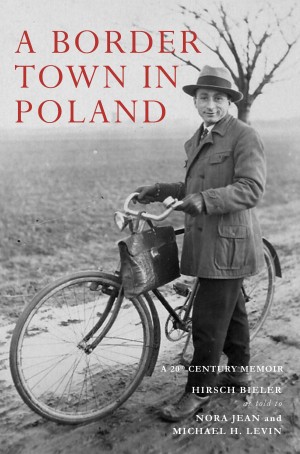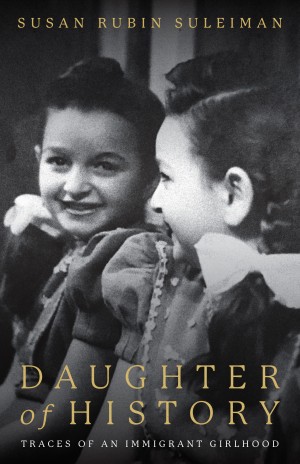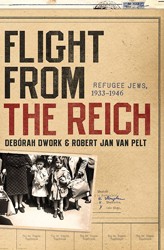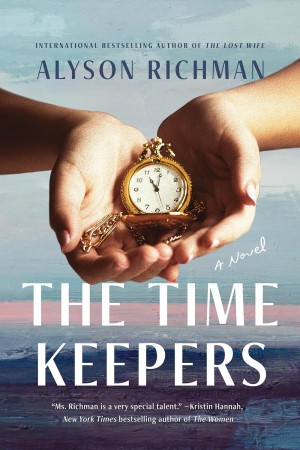By
– October 5, 2011
Jewish Refugees in Switzerland During the Holocaust, the first English language memoir of this experience that focuses on children’s circumstances and daily life in Swiss refugee camps, has a much broader sweep. In the wake of Kristallnacht, the author, Johles-Forman, then four years old, fled Vienna with her parents and older brother to Brussels and from there to unoccupied France. Their final, breath-taking escape was to Switzerland, where they were among the 25,000 Jews seeking refuge. It was not until many years later, in 1999, that the author, living in Canada with her family, had the courage to revive her memories and further explore those pivotal years spent as a child-refugee in Switzerland. Wanting to know the experience of other Jews who spent the war years in Switzerland, she advertised in a Canadian paper for those who might have had a similar experience and was rewarded with a tremendous response; she then tried to find the common thread in all their stories and pictures. This book is the result. Woven into her own family’s stories are those of many others, which helped to refresh the author’s memory.
Switzerland is a very Germanic country, that even instigated the “J” on the passports of the Jews who managed to cross their border. The native born Jewish community, numbering about 18,000, was powerless, and could do little to stem its country’s historical anti-Semitism. For a brief period, following protests by church groups, socialists, liberal political parties, the media, and welfare organizations, the borders were eased, but only an estimated 24,000 Jewish refugees were successful in entering Switzerland. At least as many, and likely more, were turned away. At most, only 10% of the 300,000 foreigners who spent the war years in Switzerland were Jews. The men were consigned to work camps for about nine months, after which they could rejoin their wives and children at family camps where they were free to live an observant Orthodox Jewish life. Some children went to hostels or children’s colonies. Others were sent to board with families, mostly among non-Jews (Swiss Jews, who provided monetary support, were not forthcoming in offering them shelter). The Gentile families insisted on their guests attending church with the family on Sundays. Johles- Forman attests that those Swiss years between 1942 and 1946, when she was age five through nine, loom larger than any other years in her life completing her research utilizing newly released archives in Switzerland. This is an excellently written book that not only tells about the author’s war years but also enlightens the reader about the larger refugee experience in Switzerland. Bibliography, photos, index.
Switzerland is a very Germanic country, that even instigated the “J” on the passports of the Jews who managed to cross their border. The native born Jewish community, numbering about 18,000, was powerless, and could do little to stem its country’s historical anti-Semitism. For a brief period, following protests by church groups, socialists, liberal political parties, the media, and welfare organizations, the borders were eased, but only an estimated 24,000 Jewish refugees were successful in entering Switzerland. At least as many, and likely more, were turned away. At most, only 10% of the 300,000 foreigners who spent the war years in Switzerland were Jews. The men were consigned to work camps for about nine months, after which they could rejoin their wives and children at family camps where they were free to live an observant Orthodox Jewish life. Some children went to hostels or children’s colonies. Others were sent to board with families, mostly among non-Jews (Swiss Jews, who provided monetary support, were not forthcoming in offering them shelter). The Gentile families insisted on their guests attending church with the family on Sundays. Johles- Forman attests that those Swiss years between 1942 and 1946, when she was age five through nine, loom larger than any other years in her life completing her research utilizing newly released archives in Switzerland. This is an excellently written book that not only tells about the author’s war years but also enlightens the reader about the larger refugee experience in Switzerland. Bibliography, photos, index.
Marcia W. Posner, Ph.D., of the Holocaust Memorial and Tolerance Center of Nassau County, is the library and program director. An author and playwright herself, she loves reviewing for JBW and reading all the other reviews and articles in this marvelous periodical.





